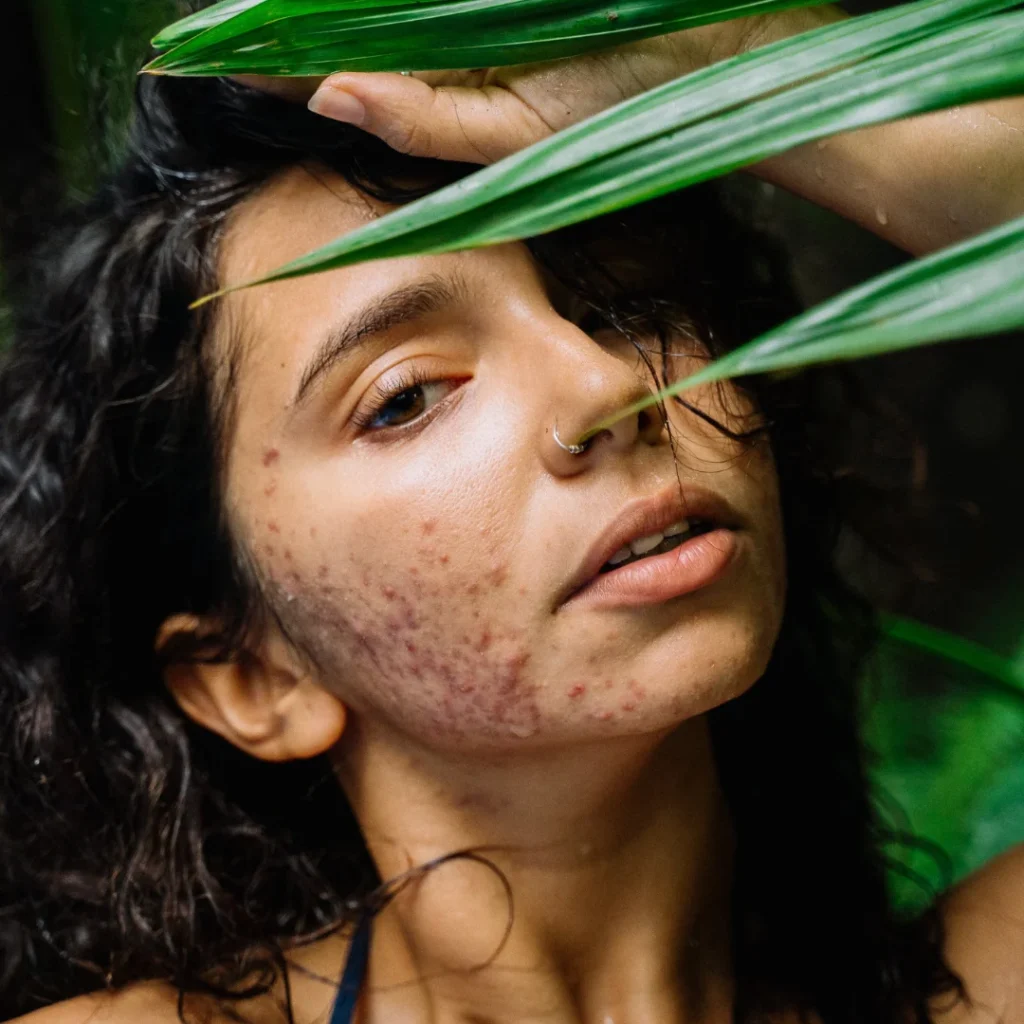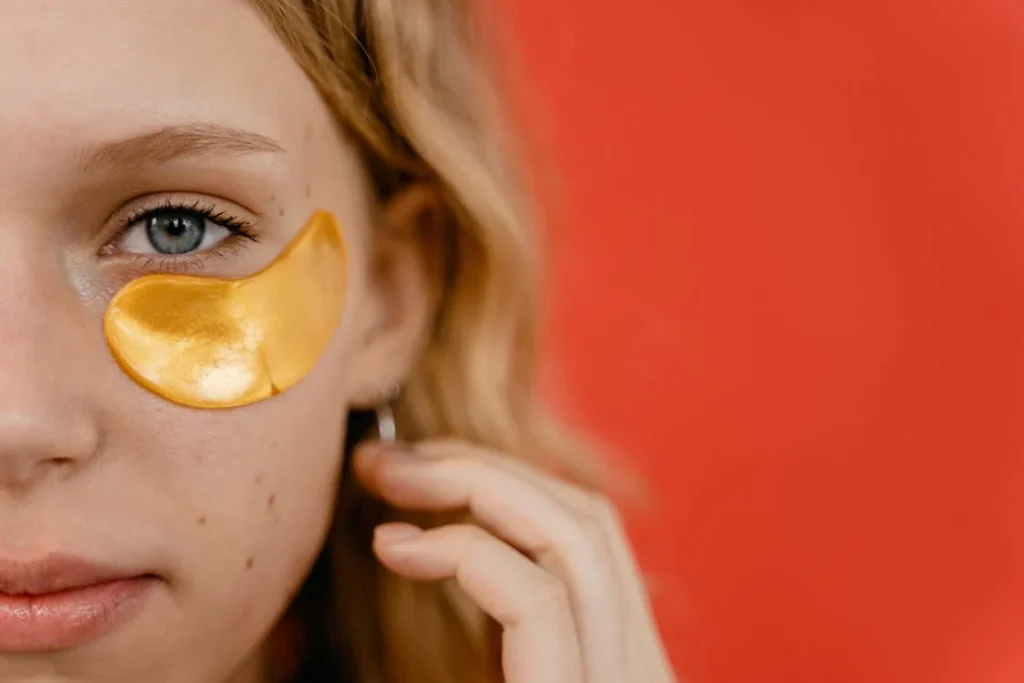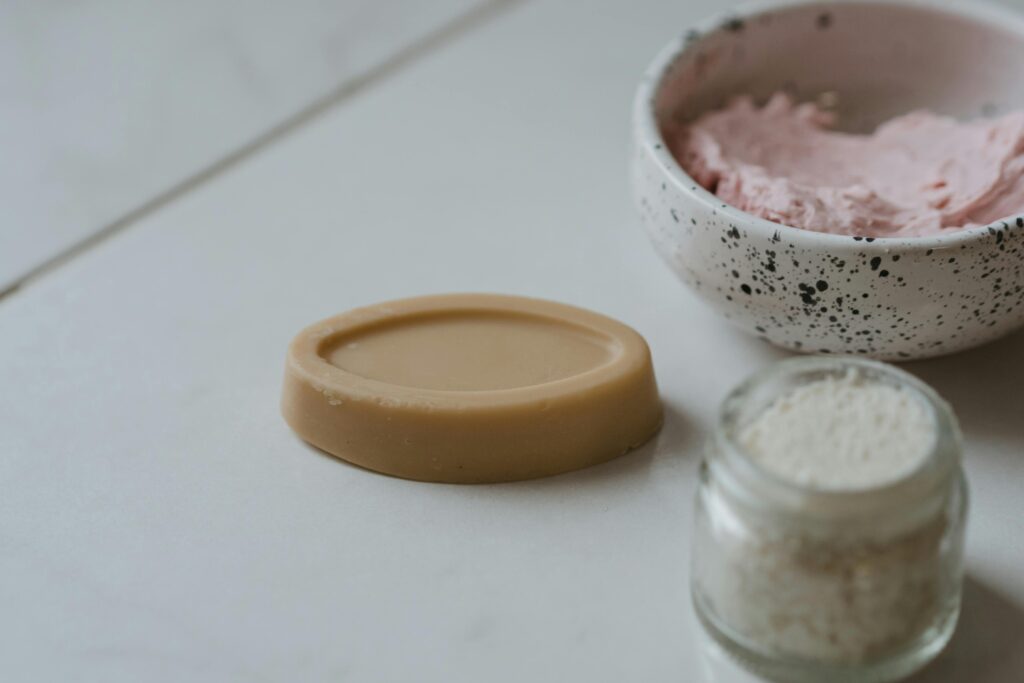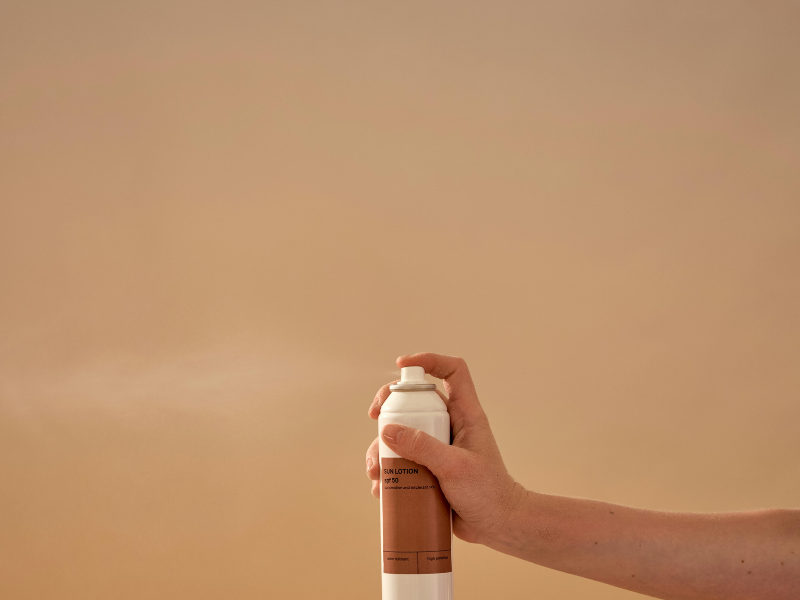Acne is a widespread issue that many people face. Fortunately, it can be treated and cured with the proper care.
Fungal acne, also known as Malassezia folliculitis, is different from regular acne, despite its resemblance. In fact, a lot of people mistake folliculitis for acne.
What is Fungal Acne?
Malassezia folliculitis most commonly known as fungal acne is a fungal infection that occurs in your hair follicles.
The hair follicles become inflamed, as a result, red pustules appear on the skin. The condition is quite distressing as it causes irritation, itching, and breakouts on the skin surface.
If your acne is not going away even with the proper treatment, this might be a sign that you have folliculitis.
Causes of Fungal Acne
The growth of fungi is mostly related to humid environments. Correspondingly, hot and damp conditions can cause fungal acne.
Generally, causes may include:
- Sweating
- exercising very often
- tight clothes
- Hot climates
- Medications like antibiotics
Likewise, wearing tight and sweaty clothes for too long fosters a skin environment for fungus growth.
Symptoms of Fungal Acne
The most common symptom of fungal acne is tiny red bumps on the skin followed by itching or irritation.
Further symptoms include:
- A red ring around each pimple
- Irritated hair follicles
- Burning
Difference between Fungal Acne and Regular Acne
Most of the time people don’t know the difference between folliculitis and regular acne.
Here’s how you can tell the difference:
- Size: Fungal acne causes pimples of similar size whereas in regular acne the pimples may be of varying size.
- Irritation: Itchiness is commonly associated with folliculitis. Regular acne rarely causes itching or irritation.
- Clusters: The pimples appear in the form of clusters, on the other hand, regular acne is less clustered.
- Location: Regular acne mostly occurs on the face but fungi can grow wherever there is sweat or moisture present causing pimples on your neck, chest, arms, and back.
Diagnosis
Fungal acne is mostly diagnosed by taking a sample of your skin and examining it under a microscope. In this case, self-diagnosis is not recommended. You should consult a dermatologist if you see symptoms.
Treatment for Fungal Acne
This type of acne is mostly treated with antifungals and acne medications. Sporanox (itraconazole)is the most common oral antifungal medication. Accutane may be considered for more severe conditions.
Home Remedies To Reduce Fungal Acne
Fungal acne can also be treated at home. The following remedies are considered the best for its treatment at home:
1. Neem
Neem leaves are considered highly effective for fungal infection treatment. Since, neem has antifungal properties, it detoxifies and removes any pathogens from your skin.
Neem leaves cannot be directly applied to the skin. Therefore, it is recommended to use a paste or juice for topical application.
For best results, try bathing in neem water. Neem soaps are also considered effective.
2. Garlic
Pure garlic has powerful antifungal properties. Garlic is mainly composed of Allicin which has antifungal, bactericidal, and antiviral properties.
Evidently, taking garlic a part of your daily diet reduces fungal infections on the skin.
Do not apply garlic directly on the skin as it may irritate your skin. Instead, mix it with olive oil and apply on the infected area for 2 hrs.
3. Apple Cider Vinegar
Apple cider vinegar contains citric acid which is a natural antifungal component. Consuming apple cider vinegar as part of your diet will reduce fungal infections.
Moreover, you can use apple cider vinegar by mixing it with water in a ratio of 1:3 and then dab it on your skin with a cotton ball.
4. Tea Tree Oil
In addition to so many benefits, tea tree oil is also the best treatment for fungal acne. For application, mix it with some carrier oil like jojoba oil or olive oil and dab it on your skin with a cotton ball or Q-tip.
Using undiluted tea tree oil on the skin can cause irritation.
5. Turmeric
Turmeric (Curcumin) is a very strong antifungal and anti-inflammatory component.
You can add it to your diet like turmeric tea or turmeric water or you can apply its paste on your skin.
6. Honey
Hydrogen Peroxide, the main component of honey, is known for its antiseptic properties. Thus, unpasteurized honey works wonders for fungal infections.
Apply honey directly on the affected area for half an hour. Make sure to wash it off properly otherwise, it will sting.
Preventive Measures
You can take the following measures to prevent/treat your condition:
1. Shower Regularly
Maintaining good hygiene and showering regularly can help prevent folliculitis. Furthermore, if you go to the gym then you should shower right after working out.
In addition, you can use an antifungal body wash or shampoo but consulting a doctor is necessary.
2. Loose Clothes
It’s advisable to wear loose clothing to prevent yeast growth on the skin. Also, it allows air to flow freely and reduces unnecessary friction with the skin.
Therefore, you should opt for breathable fabrics like cotton so that your skin gets proper circulation.
3. Change Your Diet
By taking an antifungal diet, you can improve your fungal acne. This means less intake of carbohydrates and sugars because they promote the growth of fungi.
4. Change Your Skincare
Using an oil-free moisturizer might help with balancing the moisture on your skin. Subsequently, oil-free moisturizers are easily available over the counter and can be used daily as a part of your skincare routine.
5. Don’t Shave Daily
Shaving daily can irritate your hair follicles more and increase the chances of an infection. So, try not to shave over the pimples and go around them with your blade.
Conclusion
Fungal acne can persist for a long time due to misdiagnosis. Fungal infections are not seriously concerning but cause a lot of discomfort and irritation. The rash can spread and cause further irritation if not treated in proper time.
In brief, most infections are not that serious and can be effectively cured by antifungal medications or the above-mentioned home remedies.




